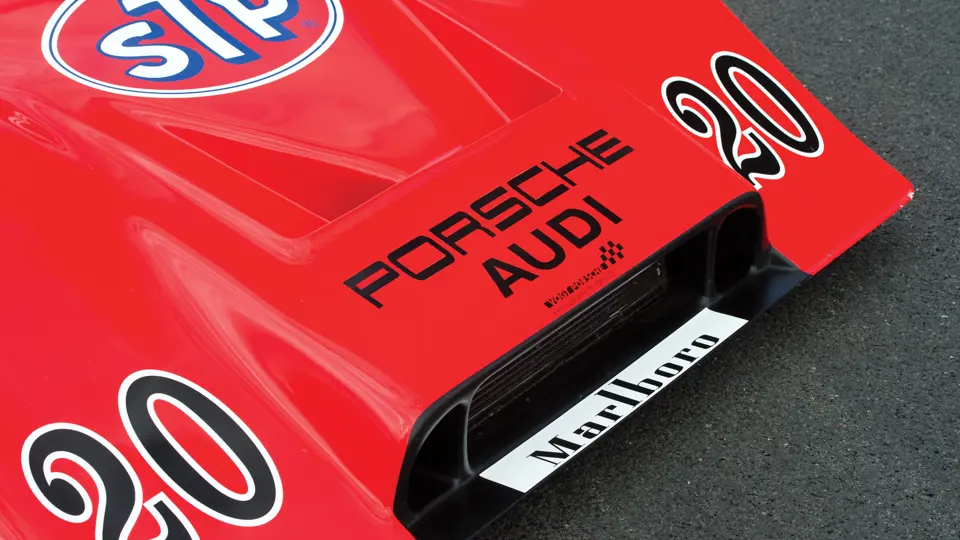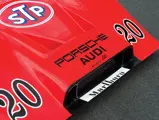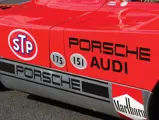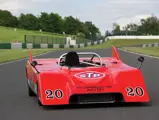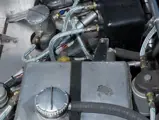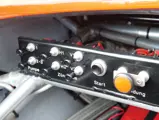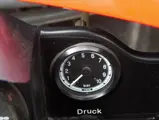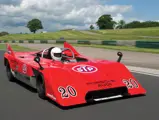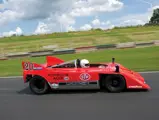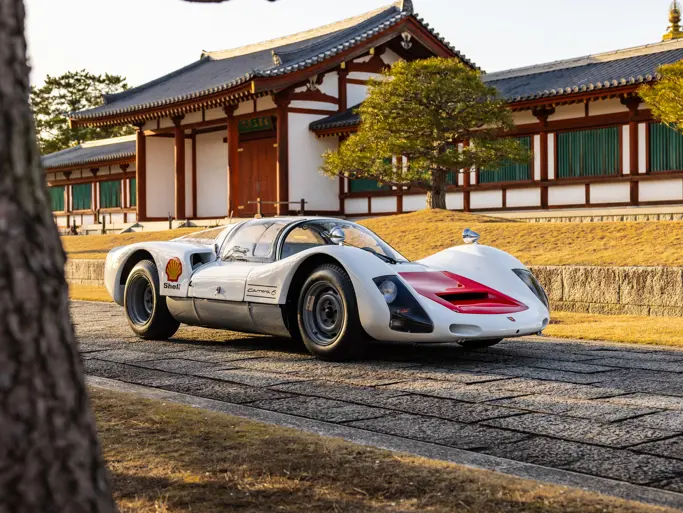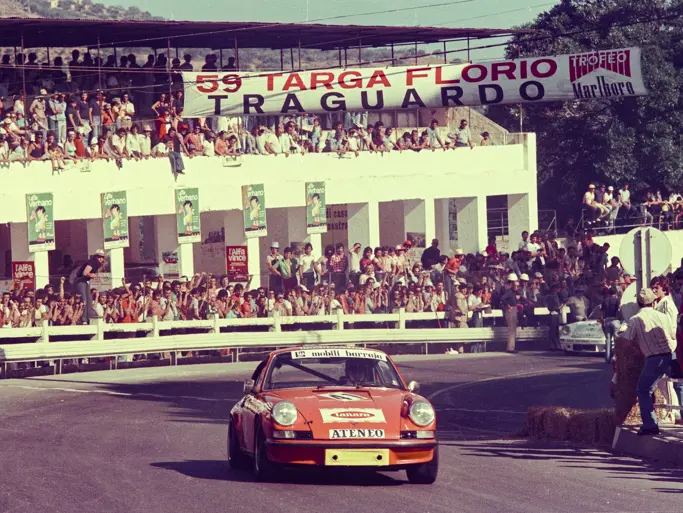5.0-liter flat 12-cylinder, air-cooled, four-speed transaxle, and multi-tubular space frame chassis with fiberglass reinforced plastic bodywork, and four-wheel disc brakes.
Please note that this vehicle will be sold on a Bill of Sale only.
• The ex-Jo Siffert privately raced 917 spyder
• Continuous known history with only five owners from new
• Former long-term ownership by Willi Kauhsen, including a highly successful Interserie racing career
• Fully restored to original Can-Am specifications
• One of the greatest sports racing cars ever built
• Extensive history file available for review
Collectors consider the 917 to be the most desirable Porsche race car ever built, commanding the very top prices in all market conditions for the past 20 years. The reason is readily apparent, as the 917 was the last step in a progression of the new era of Porsche racing cars that began with the 906 in 1966. The three-liter engined 908 won the World Championship in 1969, but Porsche feared it would never have enough horsepower to win overall honors at Le Mans. This feat was as important for Porsche as winning the World Championship against the Ford GT40s, Lola T70s, and the anticipated McLaren Group 4 Coupe.
When the FIA dropped the production requirement for Group 4 five-liter sports cars from 50 to 25, the Porsche factory saw its opportunity, and the 917 was born. Using the 908 chassis as a starting point, the 4.5-liter, 12-cylinder, aluminum-tube framed 917 was unveiled at the Geneva Auto Show in March 1969. By May 1, with 25 examples built, the FIA homologated the 917 as a Group 4 sports car.
Despite its awesome power output, the 917 was not an immediate success. The handling of this extraordinary racing car was enough to frighten most of the factory drivers, who much preferred to drive the less powerful 908. At Le Mans, in practice for 1969, the factory’s drivers reported that the car wandered across the track at its over 200 mph top speed, in spite of which, it nearly won the race on its first appearance there, so mighty was its performance and velocity.
Despite this, a short-tail coupe achieved the 917’s first victory at Zeltweg, Austria, in August, 1969. Over the winter, John Wyer’s JW racing team took over the running of the 917 from the factory and swiftly changed the rear bodywork to resemble that of the Lola T70 coupe, eliminating the bad handling at a stroke. In Wyer’s Gulf Oil-sponsored team’s hands, the 917 won the World Championship both in 1970 and 1971, before being outlawed in favor of three-liter cars once more. A 917K entered by the Porsche-Salzburg team produced Porsche’s first overall Le Mans victory. Over the two years, 917s won 15 of the 24 World Championship races they entered, 11 of them by the Gulf-Wyer cars.
When one examines the 917’s impressive string of victories, it becomes apparent that this dynamic competitor must be considered among the five most important sports racing cars in the world. The 917 won more races in the Manufacturers World Championship, Can-Am, and Interserie than any other two-seater race car ever built. Its victories can be counted at the Le Mans 24 Hours, Sebring 24 Hours, Daytona 12 Hours, 1000 Kilometres at Monza, Spa, and the Nürburgring. Simply name the track, the 917 was there and conquered it.
As is so often the case, the main purpose of investing millions in the development of the 917 was to win the 24 Hours of Le Mans. Additionally, Porsche would not be Porsche if they did not also focus on the prestigious American Can-Am race series. At the time, about half of the Porsche car production was sold in the United States, with more on the horizon. By 1969, Porsche had designed and tested the first open 917 cars for the Can-Am series, where the massively powerful race cars would need a driver with the endurance, grit, and talent to match—enter the very able Swiss driver Jo Siffert.
Sifffert was the most important race driver on the Porsche race team at that time. He had not only proven many times to be the fastest driver on the track, but also a very loyal driver to Porsche. Born in Fribourg, Switzerland, his racing career had begun with early success in motorcycling, before he eventually graduated to Formula One as a privateer in 1962 and later with the Swiss team Scuderia Filipinetti. By 1964, he was racing for Rob Walker, winning races and becoming an internationally known sensation, with his calculated driving style and trademark Swiss-cross helmet. In 1969, he raced as a semi-official Porsche entrant in the Can-Am series with the 917 PA (Porsche Audi). The following year marked his historic participation in the legendary Steve McQueen film Le Mans. The 1970 running of the Le Mans 24-Hour race simultaneously served as the setting for the filming of the movie, in which the Gulf-liveried Porsche 917 of main character Michael Delaney is actually piloted by Jo Siffert and Brian Redman. In fact, McQueen, a close friend of Siffert’s, modeled much of Delaney’s character on Siffert, supposedly right down to the driving suit and wristwatch.
Chassis 917/10-002
The following year, 1971, Jo Siffert took his Can-Am race participation a step further when he bought a specially built alloy chassis 917/10 Spyder. That specific car, chassis number 917/10-002, was completed in July of 1971 and is the highly desirable example offered here. Following its completion, it was tested for only 24 laps at the Can-Am course in Weissach and fitted with the 4.5-liter engine, with a weight recorded at 733 kg. By the next day, the car was on its way to Watkins Glen in the United States. There, the 917 would be freshly branded and born under the clever imagination of Siffert, who was not only a very competitive racer but also an astute businessman. The day before practice at Watkins Glen, he wrapped up a deal with STP as his main sponsor. The car was painted overnight from the standard delivery white to a special florescent red, with the large STP logo all over it. Rounding out the team and crew were two talented, young Swiss race mechanics, Edy Wyss and Hugo Schibler. Both of them had been involved with the construction of the car, which was completed in less than four weeks at Werk 1 in Zuffenhausen.
The race weekend at Watkins Glen took place from July 23–25, 1971 and offered a very interesting match-up between the 917K and the 917/10. Notably, an FIA World Manufacturers
Championship race that lasted for six hours was held at Watkins Glen on at the same weekend, with Siffert driving in both races, with both Porsche race cars. His best time in the 917K was 1.08.510, compared to 1.08.640 in the 917/10. This outright demonstrated that the barely sorted-out, brand new /10 was just as fast as the well-sorted factory-supported 917K. Perhaps most impressive, however, is the fact that Siffert finished Second in the FIA race, and a very respectable Third in the first Can-Am race for chassis 10-002.
After the race, the car and the crew remained stateside for the next several races, including the following events: Mid-Ohio (Second Place), Elkhart Lake (Second Place), Donnybrook (Fifth Place; ran out of fuel), Edmonton (Fourth Place), and Lacuna Secca (Fifth Place.) The final Can-Am overall classification for Siffert with the 917/10 was Fourth Overall, an exceptional accomplishment when one considers that he only competed in six out of the ten possible races with chassis 10-002. Sadly, in October of the same year, Jo Siffert died while racing in Formula One.
The 917/10 was then sold to Willi Kauhsen from Aachen, Germany. He knew Siffert very well and was an independent key test driver for the Porsche factory race team. He is most likely the world record holder for the most miles driven in any Porsche 917. Chassis 002 went back to the factory race department to be rebuilt and adopted for the European Interserie races. The Interserie was a European version of the Can-Am races and a replacement for the changed Manufacturers World Championship. Consequently, many 917 race cars ended up participating in the Interserie.
Willi Kauhsen was very successful with 002, dicing with Leo Kinnunen in a factory supported 917 and many ex-Can-Am cars, including McLarens, BRMs, and Lolas, all racing for the first time in Europe. After three races, Kauhsen had the car updated with a turbocharged engine to keep up with the competition. He entered nine races and took seven podium places and finished the 1972 series in Second Place Overall with 002. This was a very impressive achievement, indeed, and a fitting continuation of the car’s succesful pedigree.
Unfortunately, in September 1972, at Nürburgring, the car was damaged as the result of a blown tire. Mercifully, Kauhsen escaped the crash but suffered heavy burns. Nevertheless, he opted to keep the damaged race car, and it was stored for the next 25 years with Kauhsen’s brother.
In 1998, the 917/10 underwent a complete rebirth and was completely rebuilt by the very same individuals who were in charge of its original development at Porsche in the early-1970s. The completed project was observed and blessed by Porsche, as evidenced by a letter on file from Mr. Klaus Bishof, a longtime Porsche professional and current head of the Porsche Rolling Museum, who, in period, looked after chassis 002 for Mr. Kauhsen and concludes his correspondence with, “The vehicle is a definitive restoration of the 917/10 002 Can-Am Spyder. I was involved during the entire restoration and witnessed a profesional finish which is true to the original.” Please speak with an RM representative to review this letter.
Original drawings and chassis jigs that were onsite at Porsche AG were used for the reconstruction. The engine and gearbox, which are correct, original-type, period 917 units, were fully rebuilt by the famous 917 engine expert Gustav Nietsche. The body was built up to the Can-Am specifications of 1971 and painted in the unmistakable STP red livery.
Following its completion, Willi Kauhsen drove the fully restored and reconstructed race car in various demonstration events, such as Goodwood and the Oldtimer GP Nürburgring. Since its return to Germany in 2006, the car has resided with only its fifth owner since it was built.
The present owner has had the car maintained by marque specialists and occasionally participated with it in historic demonstration events. 10-002 is acompanied with numerous period photographs and documents, as it is well-documented in Porsche 917 Werksverzeichnis by Porsche engineer Walter Näher. Marco Marinello, a well-known 917 authority, had the recent opportunity to test drive the car on the track and can confirm that it drives without fault and, as expected, with a beautifully balanced, five-liter, normally aspirated engine and four-speed gearbox, which are set up perfectly for this car.
Today, the Porsche 917 remains one of the most desirable and important race cars in the collector car industry, with an enviable and downright awe-inspiring racing pedigree to its credit. Chassis number 10-002, with its unique period history, known ownership, short list of owners, and complete, professional rebuild, epitomizes the marque, the model, and the legendary driving feats of its first racing driver, Jo Siffert.






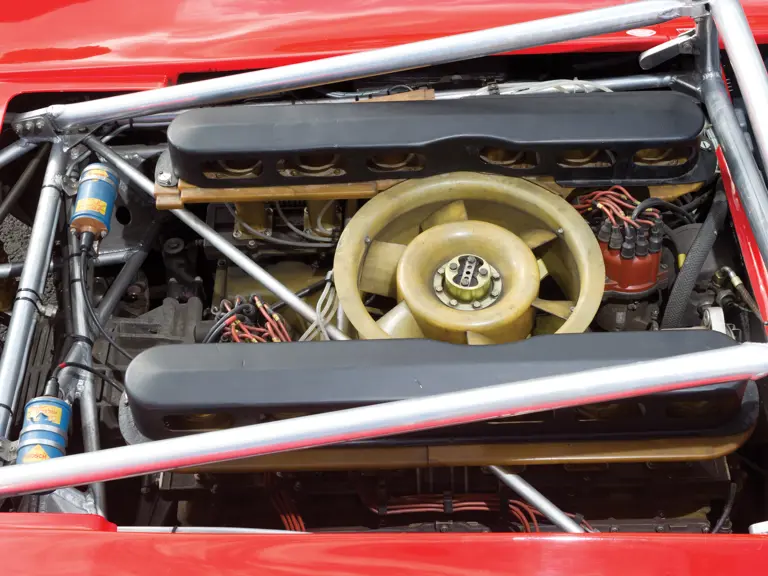
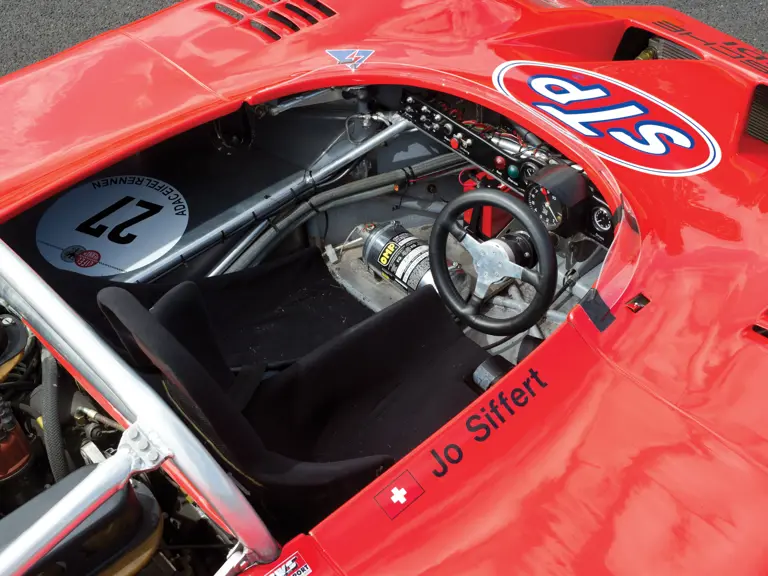

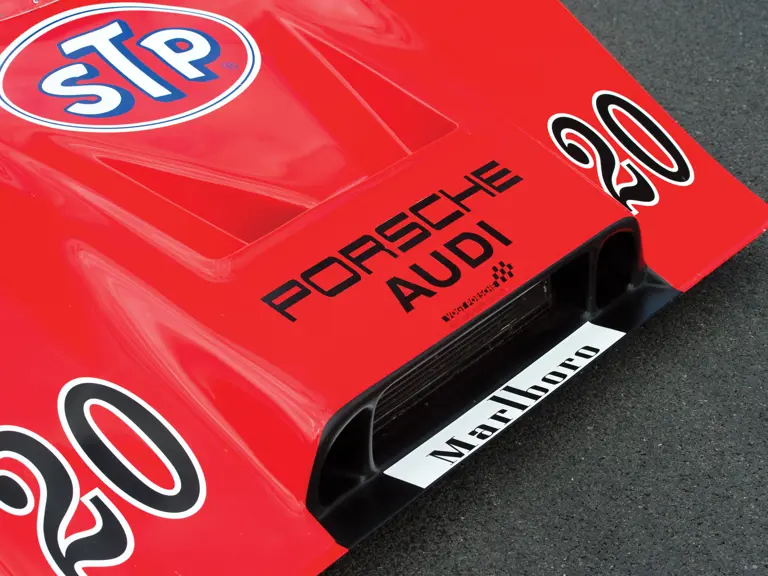


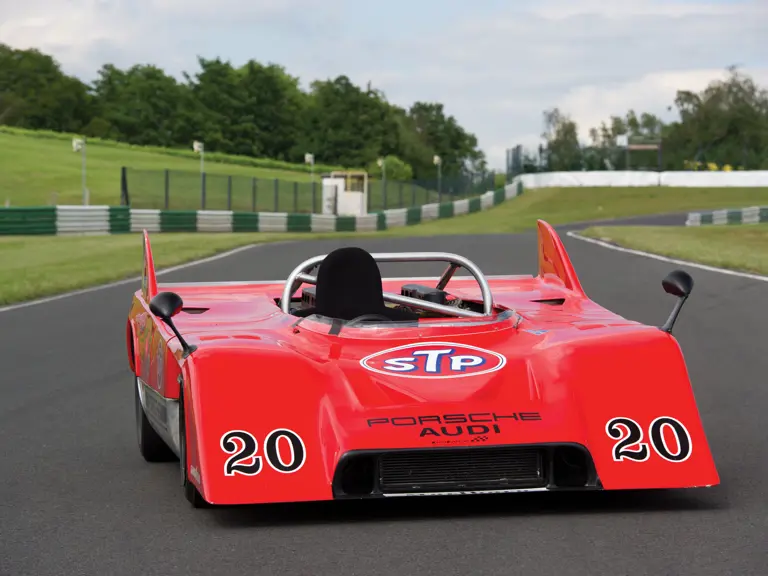


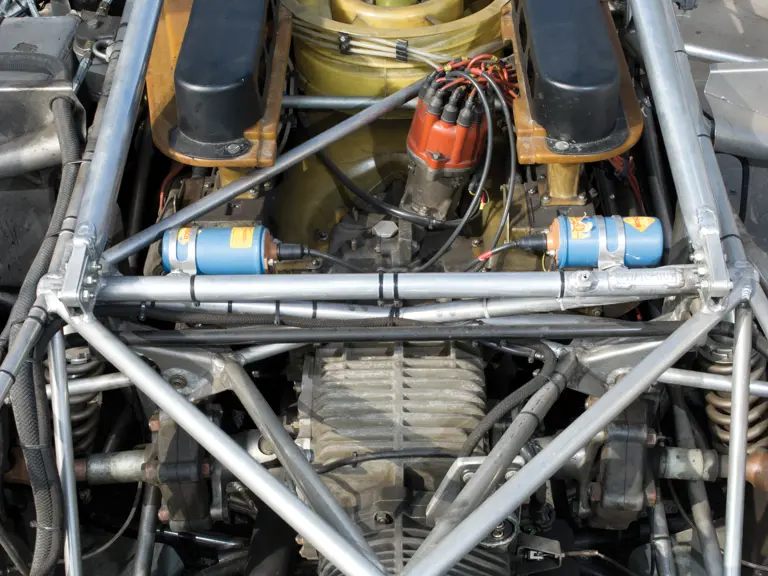
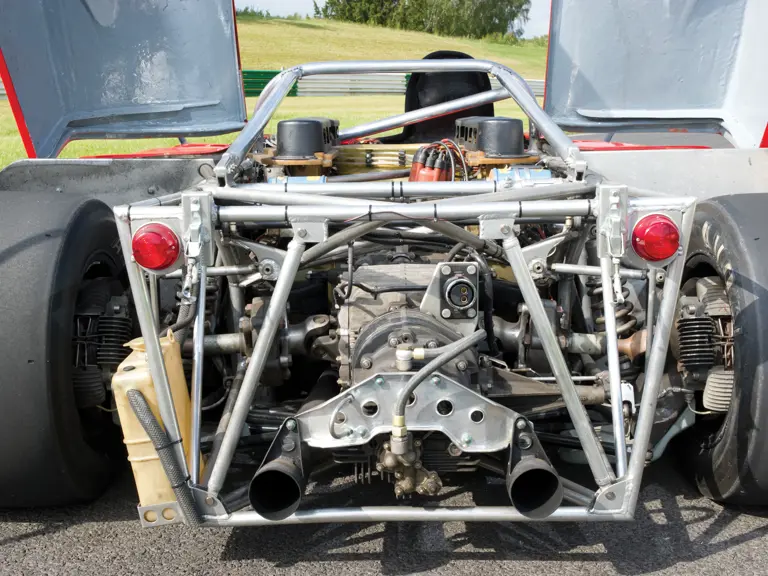
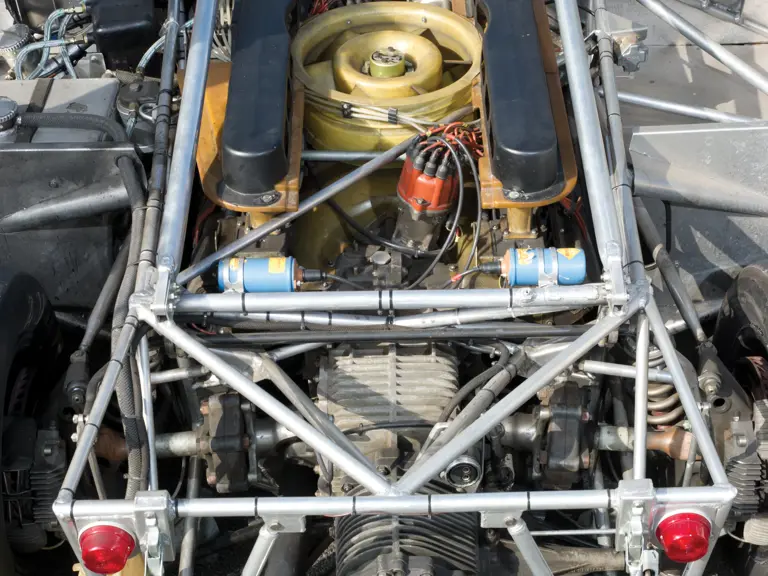

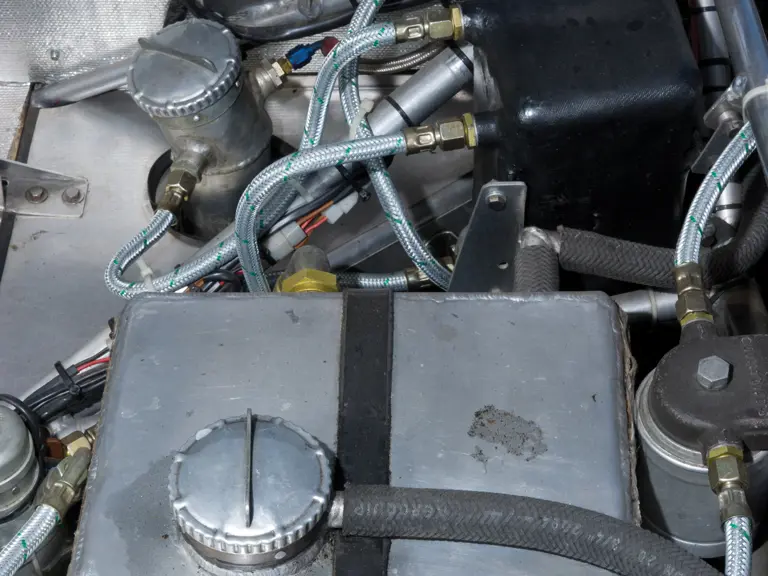


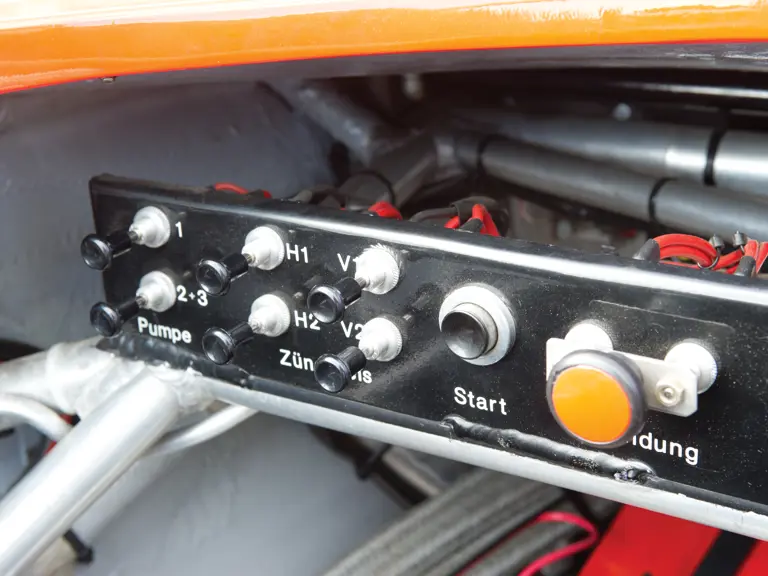

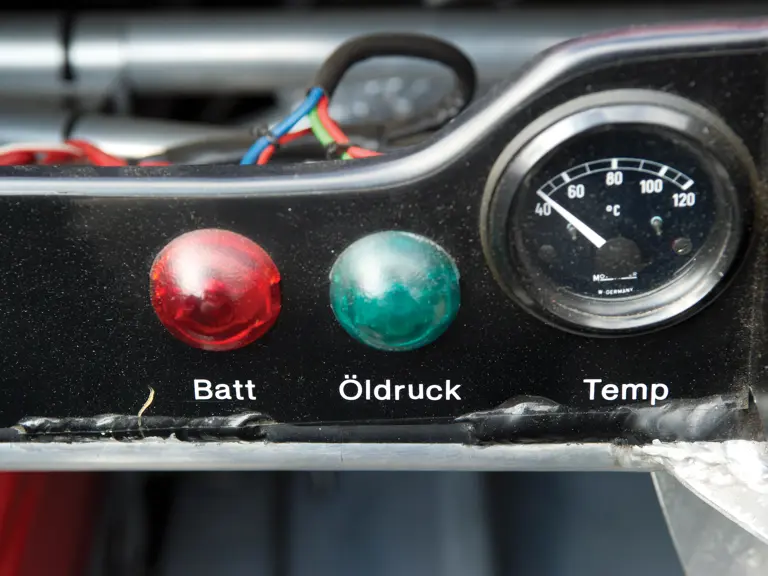

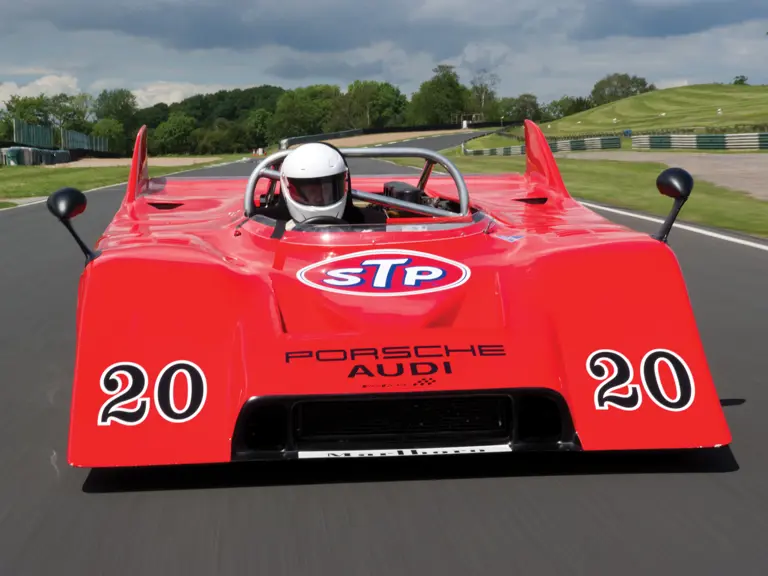
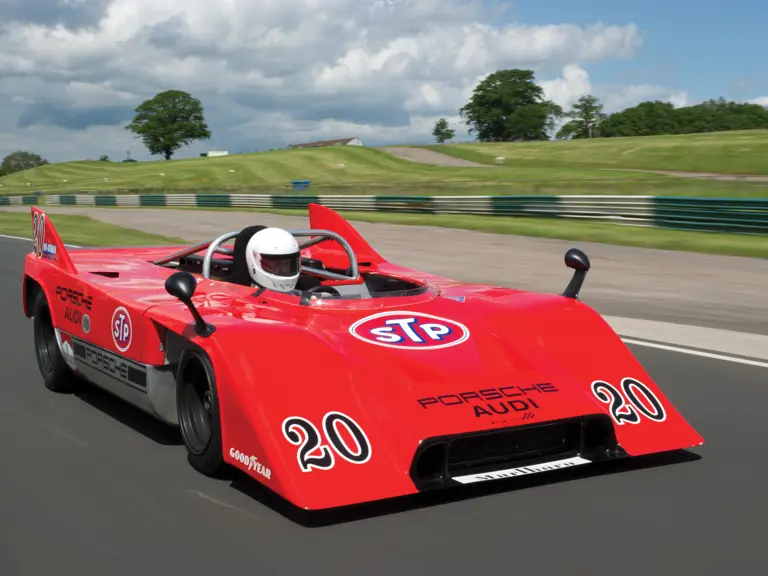

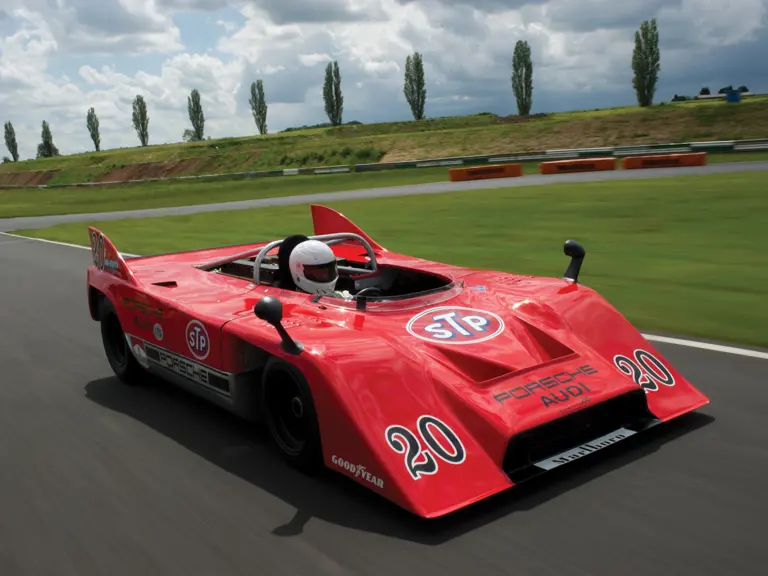


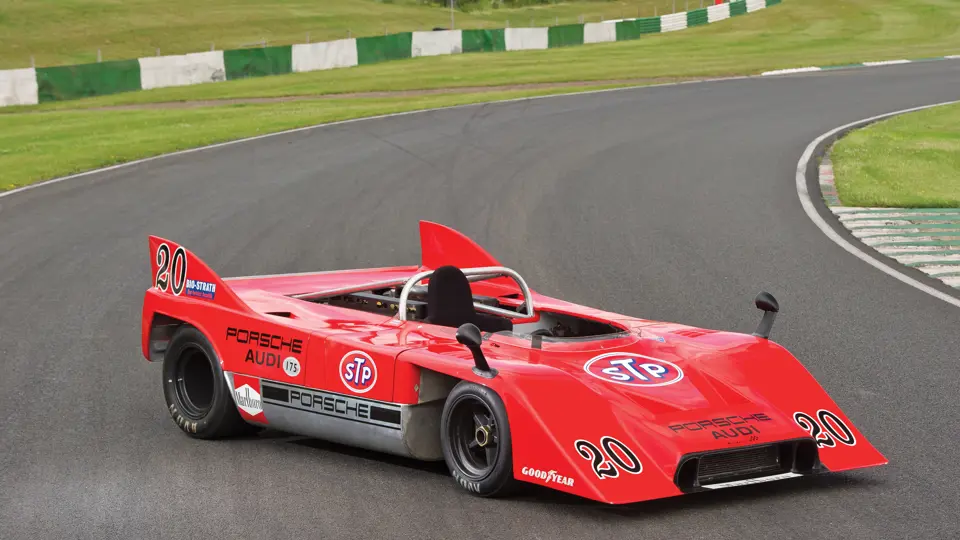
 | Monterey, California
| Monterey, California

